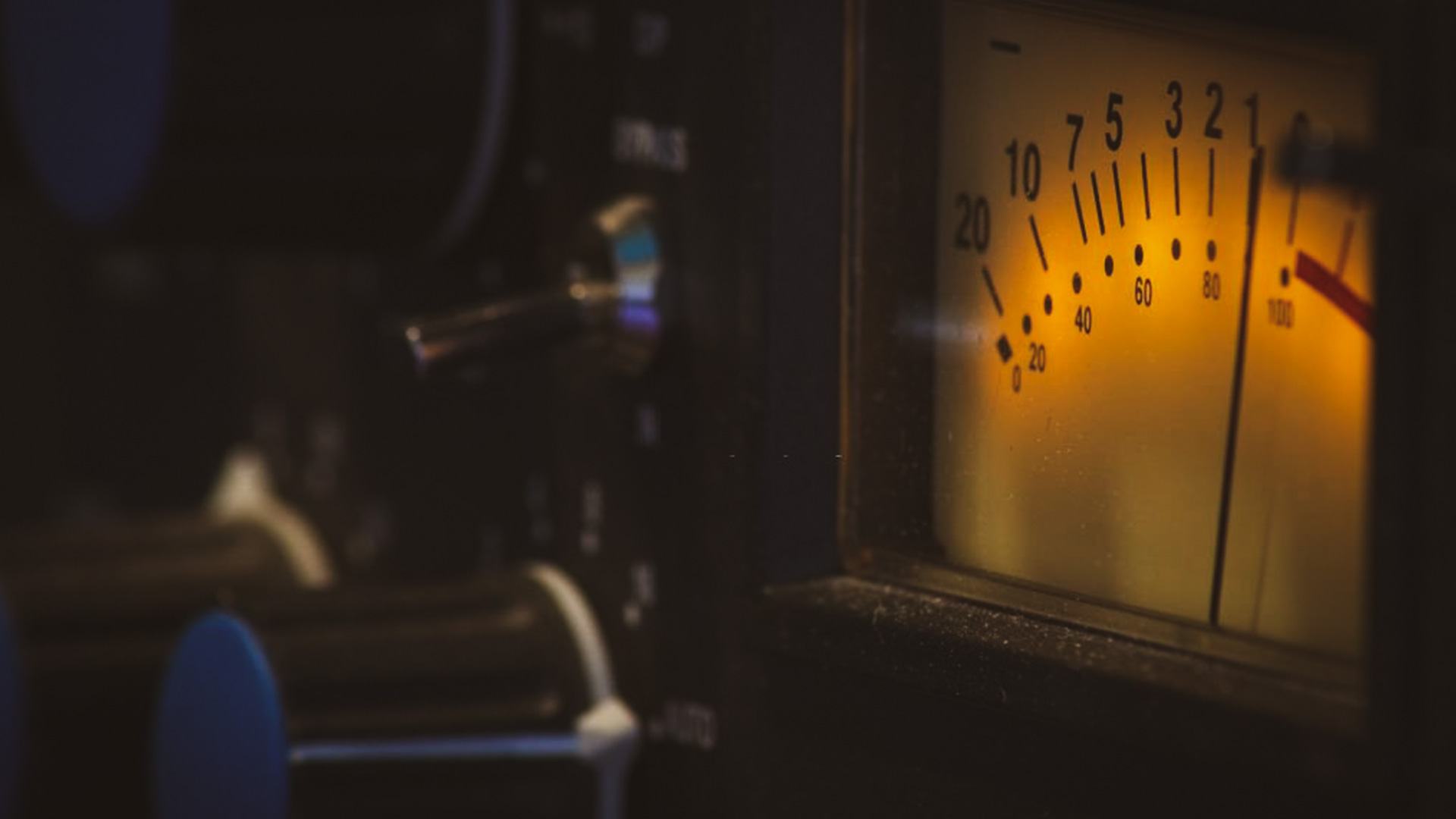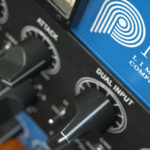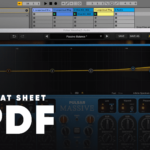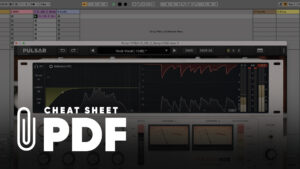The best analog compressors of all time, and how to get them in software
- Posted on

Since the first broadcast compressors emerged in the 1930s, a lot has changed. New compression technologies, both analog and digital, have totally changed the landscape of music, radio, film and television. Along the way particular units became renowned for their groundbreaking technology, pioneering design or simply for their unique sound. These compressors would go on to become iconic gear found in world famous studios such as Abbey Road, Hansa Studios and Capitol Studios.
In this article we’ll give a brief history of some of the best analog compressors of all time (all of which are responsible for more than a few Number Ones), and we’ll also let you know where you can get fantastic software emulations.
Teletronix LA-2A
A tube based optical compressor, the Teletronix LA-2A came out of California, the entertainment capital of the world in the heady days of the swinging 60s.
The LA-2A is perhaps the most famed compressor of all time and can boast credits on some of history’s most seminal musical recordings. Perhaps most famously the LA-2A was used to compress Kurt Cobain’s vocals on Nevermind.
One of the most loved aspects of the LA-2A is its musical response to vocals. The T4 optical attenuator used in the unit allows it to vary how the compressor’s release behaves depending on the incoming signal.
Though Teletronix only manufactured the LA-2A from 1965 to 1969, Universal Audio re-issued an updated version in 1999 which is still available today, however a hardware unit will set you back north of four grand. However, UA has also created a software version of the LA-2A so you can get that authentic LA-2A compression sound without selling your car.
Urei 1176
The 1176 Peak Limiter is one of the most famed hardware compressors of all time. First introduced in 1967, it was designed by “the father of modern recording” Bill Putnam.
The 1176 is a solid state compressor and limiter which employs a field-effect transistor (FET) design to reduce the gain of an incoming signal. It heralded a move away from vacuum tube-based compressors like the LA-2A. The 1176’s circuitry lends itself to very fast attack times of up to 20 microseconds (0.00002 seconds).
All buttons in
One notable use of the 1176 was the so-called “All-buttons-in” mode. In its original design, the Urei 1176’s ratio buttons were intended to be depressed one at a time, but when all the ratio buttons were pushed in simultaneously, the unit gave unexpected, harmonically rich results.
If you’re looking to get your hands on a software version of the Urei 1176’s All-buttons-in mode, Pulsar Smasher is a must – especially at $49. Designed specifically to emulate the response of this extreme ‘setting’ and its aggressive sound, Smasher is closely modelled on the original circuitry of the original.
Despite its faithfully emulated circuitry Pulsar’s take on the 1176 adds extra transient definition, a mix knob, and is very light on your CPU!
The Urei 1178
Though the 1176 sounded great, it was a mono compressor, and therefore limited. In the 1970s, Urei released the 1178, a stereo compressor which was, practically speaking, two 1176 compressors housed in the same unit.
If you’re looking for an 1178 emulation, or a stereo 1176, then look no further than Pulsar 1178. The circuitry of the original hardware unit has been painstakingly emulated giving beautiful, analog tones. However, we have also added powerful new features such as sidechain routing, lookahead, sidechain EQ, and mid/side mode. Of course, you’ll also find the famous all-buttons-in mode on board.
To cap it off there are also four delicious-sounding saturation models which can be added with the subtle screw gain dial.
Fairchild 670
If you’re looking for a hardware compressor that weighs less than 30kg then don’t pick up a Fairchild 670 (that’s also a good piece of advice if you’ve got a bad back). If, however, you’re looking for a variable mu compressor that delivers buckets of smooth to your mix, this may be the compressor for you.
The 670 is the dual-channel sibling to the mono 660, a compressor that famously featured on almost all Beatles recordings. It was designed at a time when audio processors were viewed as tools to help get the cleanest recordings. Engineers were not looking for compressors to add saturation or character to audio and so you can expect transparent results from any Fairchild 670 software emulations.
Speaking of 670 emualions, IK Multimedia offers a great option. Vintage Compressor is a faithful software reproduction which is great for drums, vocals and guitars.
Manley Variable Mu
On the more modern end of the spectrum, the Manley Variable Mu (or Vari Mu) is a stereo compressor and limiter which was first introduced in 1994 and is still being produced today. You can read more about how variable-bias compressors work in our own guide to the subject.
The Vari Mu is a modern classic and has been used in the mastering chains of a huge number of the biggest hits of the past 30 years. It is present in most mastering studios worldwide and is also highly prized as a mixing compressor.
If you’re looking for a software version of the Manley Vari Mu then look no further than Pulsar Mu. By employing Topology Preservation Technology Pulsar Mu almost exactly emulates the exceptional compression transparency of the original hardware unit. It’s the perfect compressor for adding glue to buses, mixes and masters.
Pulsar Mu adds a few extra software features which can’t be found on the original. New features include: modern compression visualisation, three band sidechain EQ, improved noise to signal ratio, plus lookahead and lookbehind.
Shadow Hills Mastering Compressor
Different compressors are designed for, and excel in, different use cases. When it comes to mastering compressors, one of the most revered is the Shadow Hills Mastering Compressor. It’s also one of the most expensive, coming in at around €10,000 for a unit.
Though at first the most standout thing about the Shadow Hills Mastering Compressor might be its distinctive, green LED specked, chunky design, once you run some audio through it, it’s its sound that has made it an absolute classic mastering compressor.
The Shadow Hills Mastering Compressor is actually two compressors in one. First in the signal chain is an optical compressor which tames the incoming signal. That’s followed by a precision discrete VCA compressor to get you to the final result.
Save over 95% on the hardware model by picking up the brilliant software emailation from Plugin Alliance. This excellent recreation features the same striking design of the original, and also has a few plugin only extra features. On board you’ll find Parallel Mix control, a Sidechain Filter and an External Sidechain.
Empirical Labs Distressor
For the final compressor on our list, we’ll turn our attention to a modern classic. Distressor was born of Empirical Labs founder Dave Derr’s love of many of the older compressors featured on this list such as the 1176 and LA-2A.
In designing Distressor, Dave and his team borrowed the sonic characteristics of these vintage compressors and added new and unique features to create a hardware compressor that has sold over 38,000 units.
The good thing about a modern compressor is that the company who makes it also has a software development side. This means that you can pick up an emulation of Distressor from Empirical Labs themselves.
Empirical Labs Arousor expands on the features and characteristics of the original Distressor. One major additional feature is the advanced detector sidechain which features two bands of sidechain EQ.




